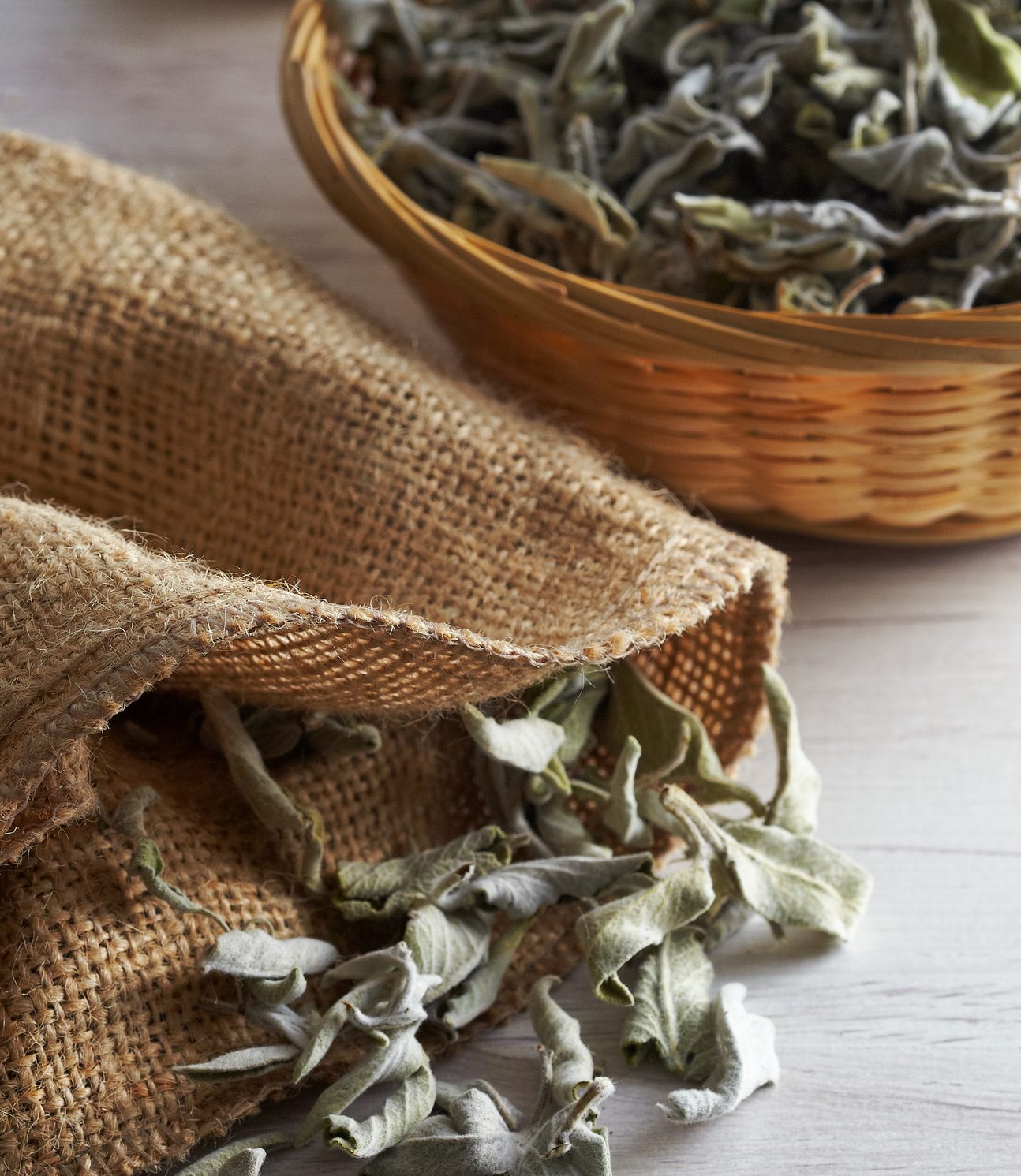
Source: hdagli / Getty
Like food, botany has empirically impacted Black American culture and medicines in the diaspora.
Our ancestors brought their vast knowledge of herbs, roots and flowers to the land where they would be enslaved. They even adapted the use of foreign plants and seeds from Native American practices and European captors to their burgeoning repertoire of ancient medicines.
During those times and current– physicians often mistreated, experimented or simply neglected our foremothers and forefathers. So with ancient wisdom, we healed and treated ourselves.
These flowers, herbs and roots are tried and genuine alternatives to traditional medicine.
Now, that doesn’t mean play Trapper John, M.D. and diagnose yourself. Go to a doctor (preferably Black); it’s not a replacement, Chile. But come along as MADAMENOIRE explores medicines in the diaspora, beginning with this guide to homeopathic healing.
Horehound
A member of the mint family, the herb was primarily used to alleviate sore throats from excessive coughing (a common side effect of whooping cough and bronchitis that was prominent among enslaved Africans). Horehound is native to North Africa, Asia and Europe but has become part of medicines in the diaspora. According to the Western Urologists of New York, “Teas and syrups of horehound continued to be used through the nineteenth century for coughs and lung complaints, as well as for menstrual problems.”
Elderberry
The deep, purple berry was used as preventative medicine and treatment for respiratory illnesses like the flu. Enslaved Africans also used the powerful berry for inflammation, toothaches and fatigue. Although elderberry’s origins are European– “from southern Scandinavia in the north to the Mediterranean from Greece in the east to Portugal in the west and across the sea into Morocco and Algeria,” it was easily cultivated in the Northeast and the South.
The fruit was so potent that our ancestors were often forced to practice rootwork and healing in secret. In 1748, Virginia legislators banned enslaved people from giving medicine, which was punishable by death.
According to Monticello’s official website, “As early as 1748, the colony of Virginia forbade “any negroe, or other slave” to administer “any medicine whatsoever” under pain of death “without benefit of clergy.” An exception was made for slaves treating other slaves or her owner’s family, providing the owner gave permission.”
Okra
Although the pod of seeds is delectable and edible and a staple in Black diasporic cuisine, okra was brought to the shores of the Americas by enslaved Africans from Central and West Africa. When used for medicinal purposes, the plant helps with blood clotting (vitamin K), and the vitamin C in okra helps with immune function. Okra was also used to help heal open sores that slaves would have.
Toona Leaves
Toona is also known as Chinese Cedar or Chinese Mahogany. The leaves were commonly used by Jamaican midwives, especially during slavery, to alleviate the pains of pregnancy. The midwives would blend the leaves with olive oil and massage expecting mothers. Toona was originally native to East Asia but spread to the western portion of the continent.
Cotton Root
As cotton dominated the South as a master crop, enslaved Africans used cotton root bark to help with the effects of menstrual and menopause issues and induce child labor.
Cotton root was also used as an act of resistance. Rather than committing infanticide, enslaved women were savvy enough to induce miscarriages or abortions by chewing the root. After the importation of Africans was banned, enslavers caught on to what Black women were doing in the 19th century. Robbing them of their humanity, they banned sisters from having the root. If they were caught with it, they were brutally beaten.
Yellow Cotton Tree / Donkey Fruit
In Cerrado, Brazil, Black women have kept the medicinal traditions of the area going since the last enslaver left in 1898, and the quilombos became self-sufficient. Donkey fruit was known to flourish in the tropical nation. Its uses vary from being an aphrodisiac to the tree’s bark to quashing swelling and treating high blood pressure and intestinal parasites.
Lucely Pio, whose grandmother was a healer and midwife, told Mongabay,
“We call the Cerrado a living pharmacy. If you walk over an area, you will find at least ten medicinal species there alongside all the fruits. As I continue to study, I’ve learned to make my own formulas. They are the medicines I use today. It is science, but science based on the knowledge of my grandmother.”
Wormwood
For hundreds of years, Black women made wormwood tea or thujone to treat parasites in their children– as the living conditions were often egregious and parasites were rampant. And oil extracted from the herb was commonly used as an insect repellent by Black folks.
Also, although it’s not considered hallucinogenic, thujone was the compound that gives the herb its psychedelic powers.
The use of these herbs, roots and flowers are just some of the extensive examples of enslaved Africans and their descendants’ mastery of traditional and herbal medicines.
RELATED CONTENT: 9 Useful Weed Products You Didn’t Know You Needed









